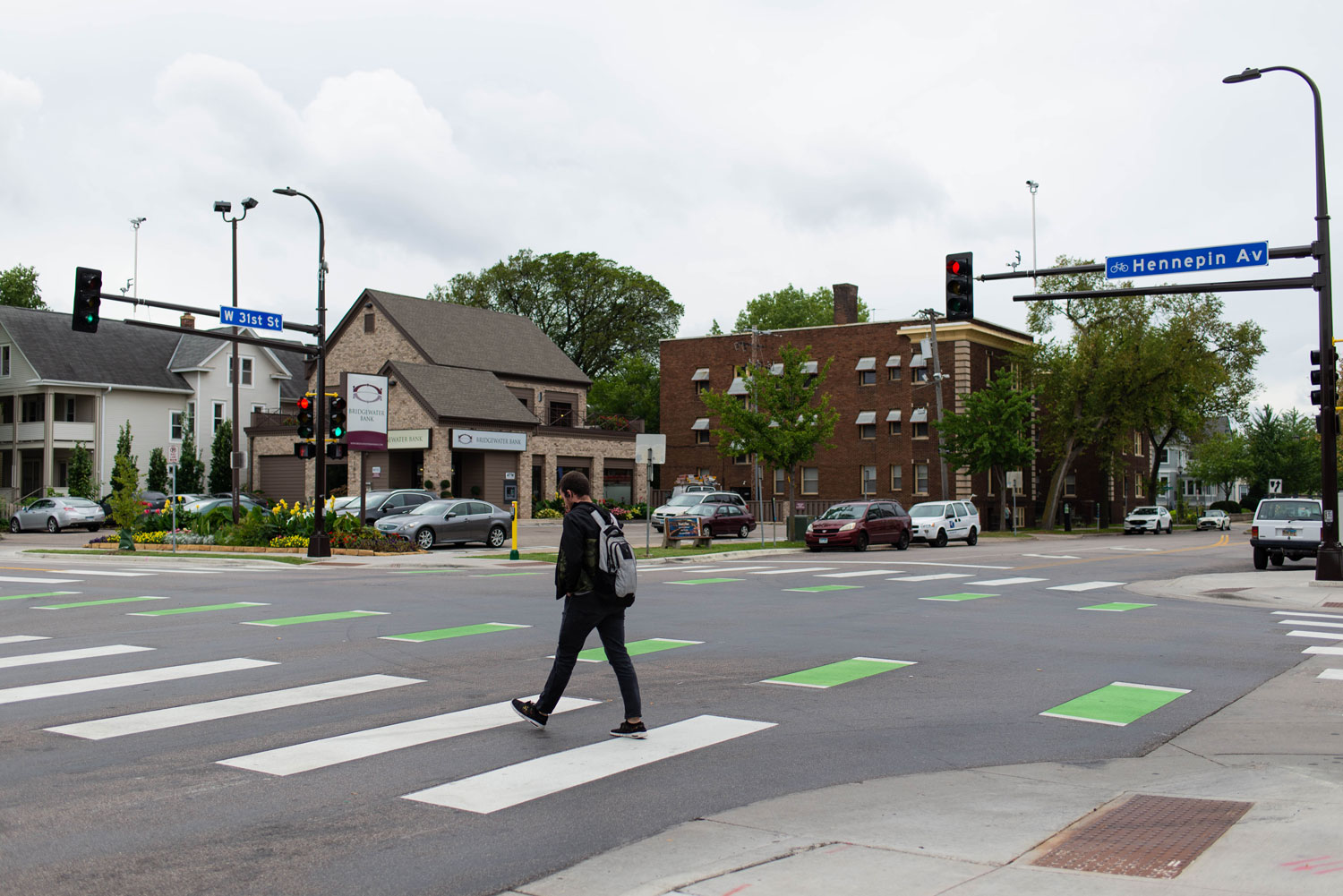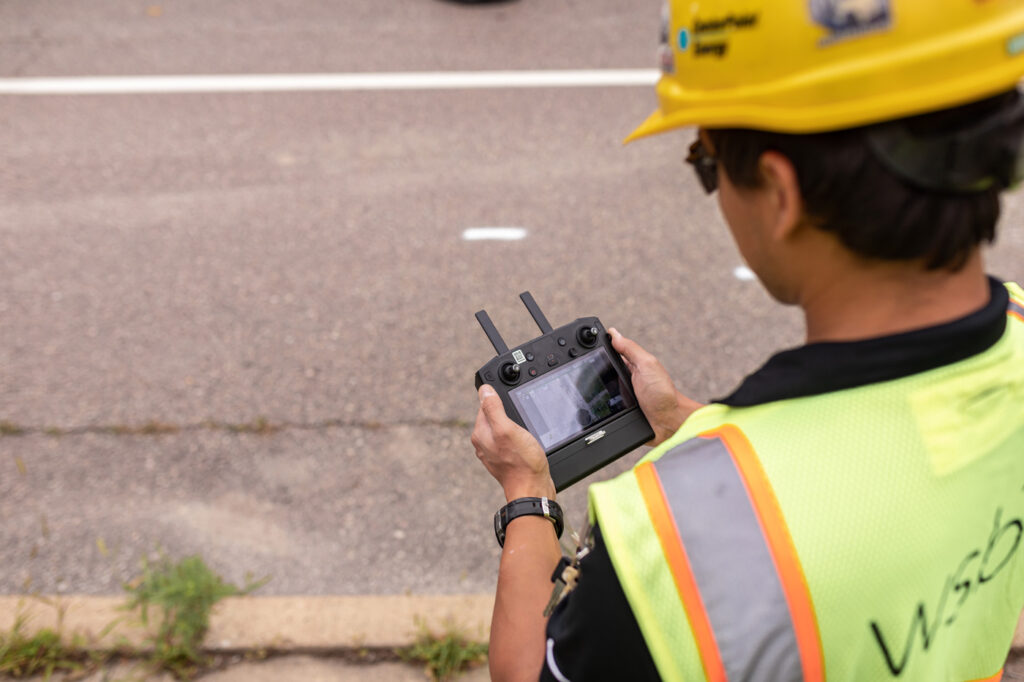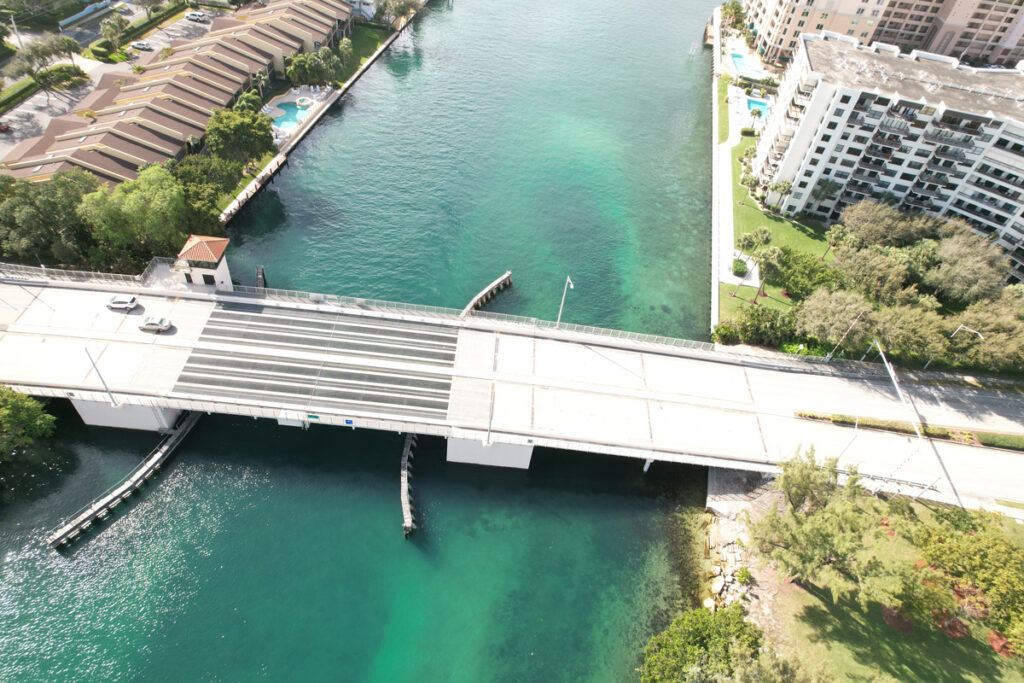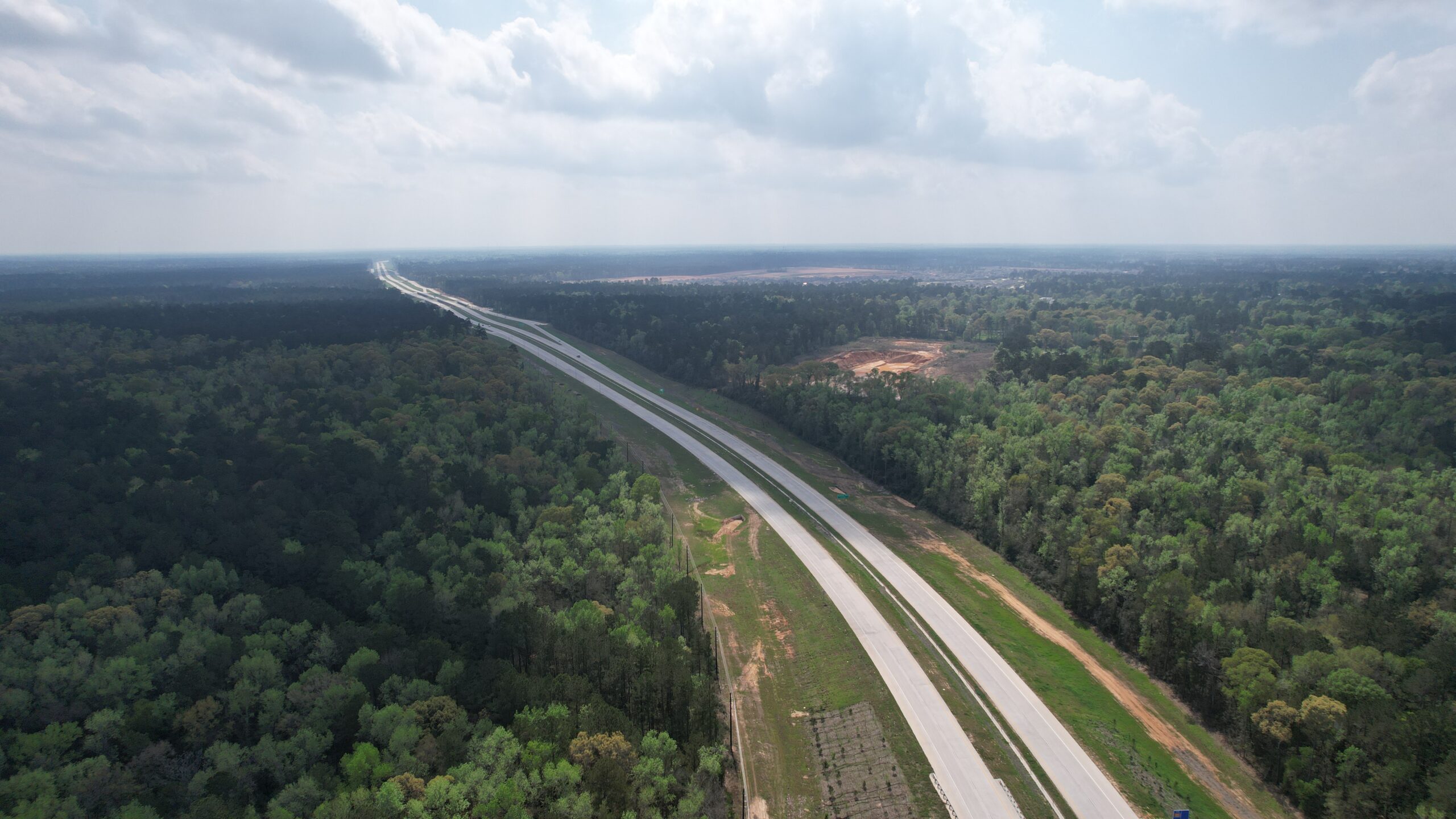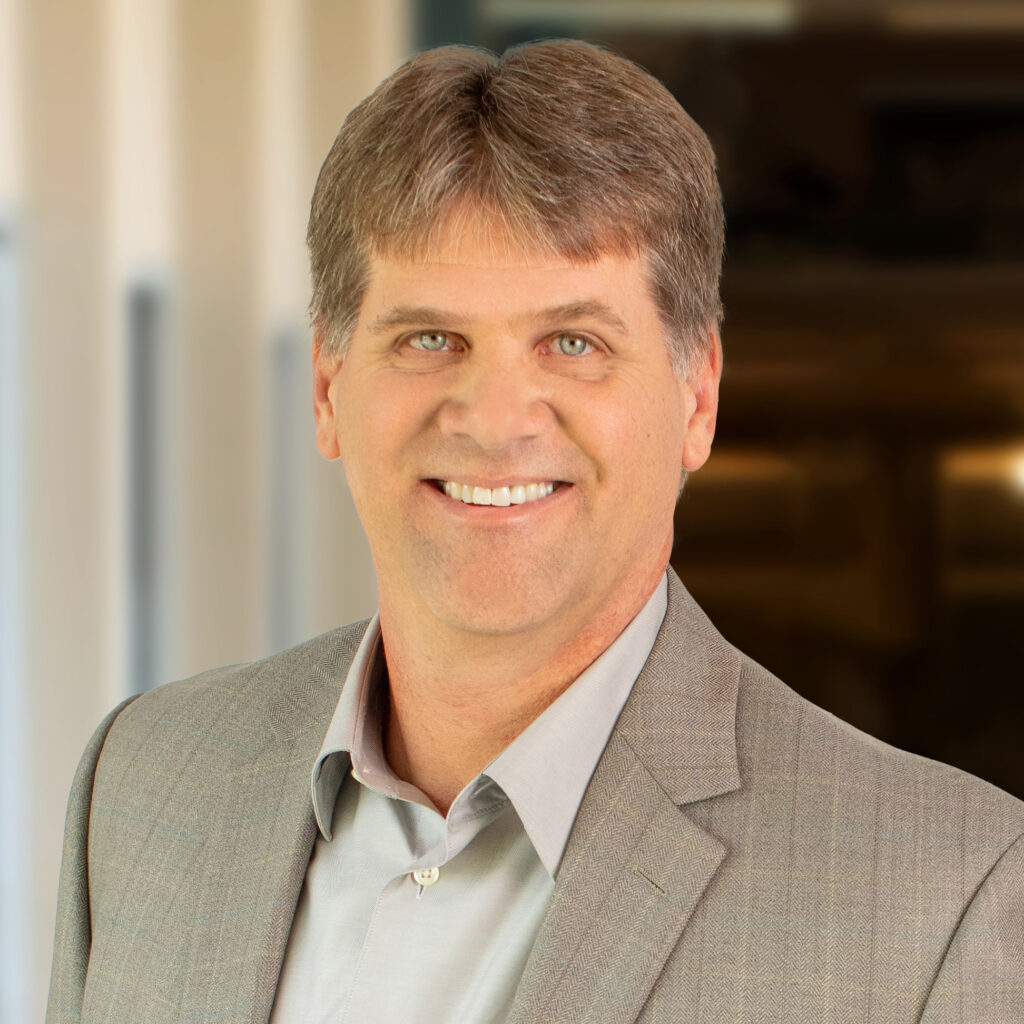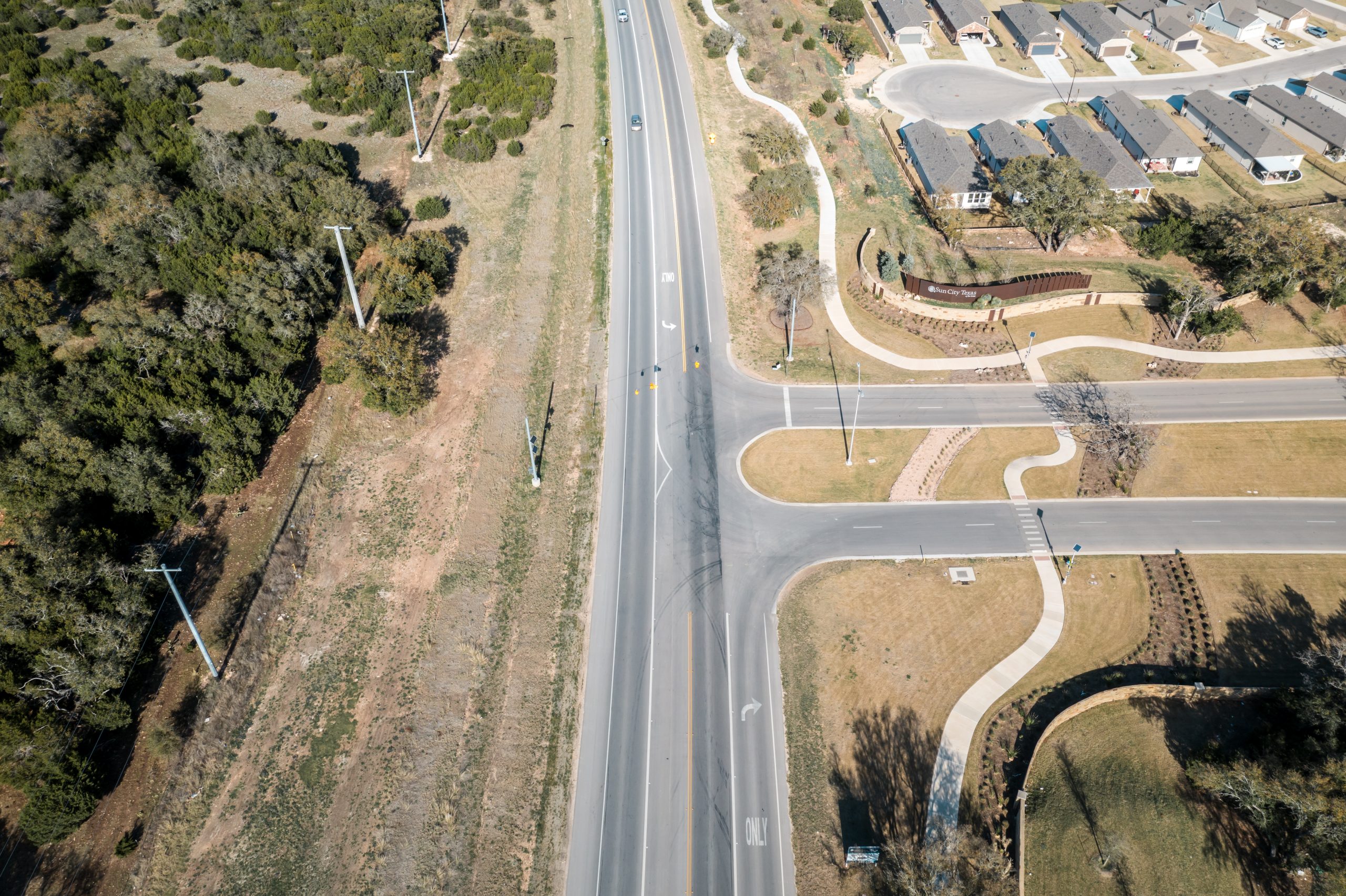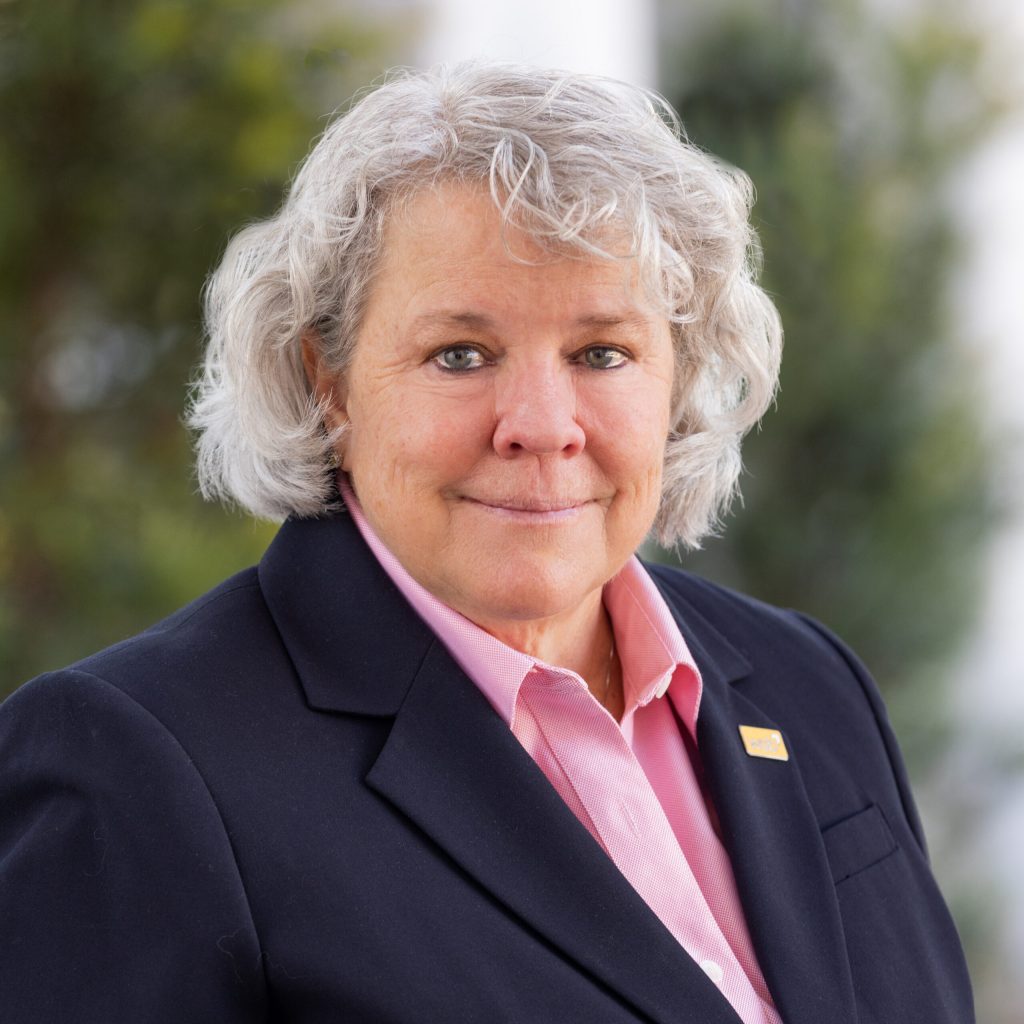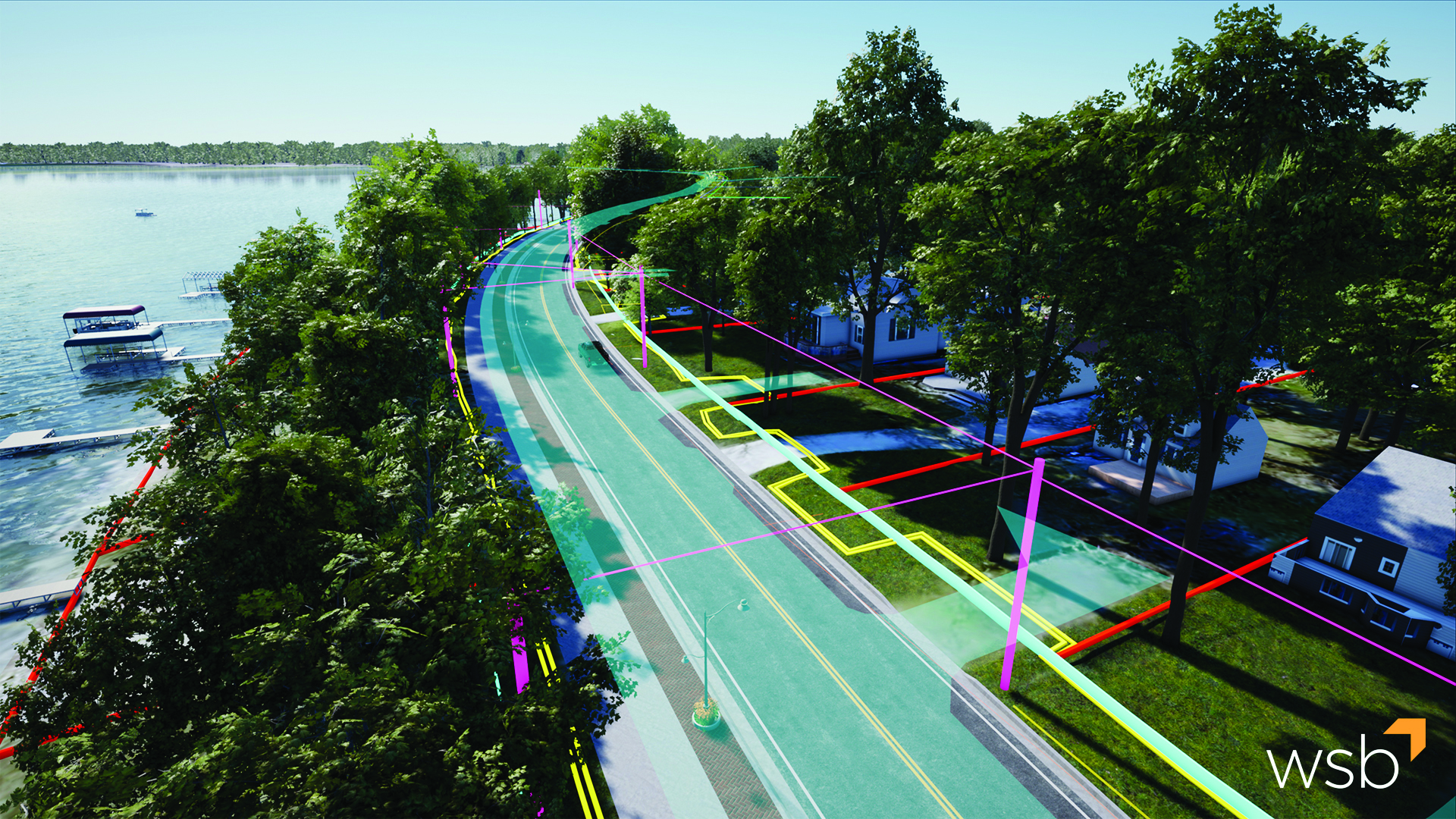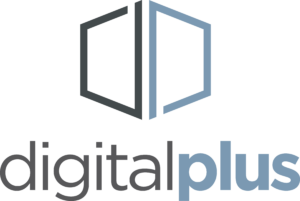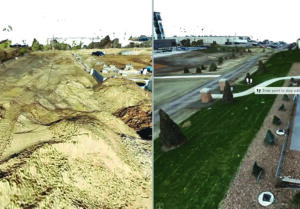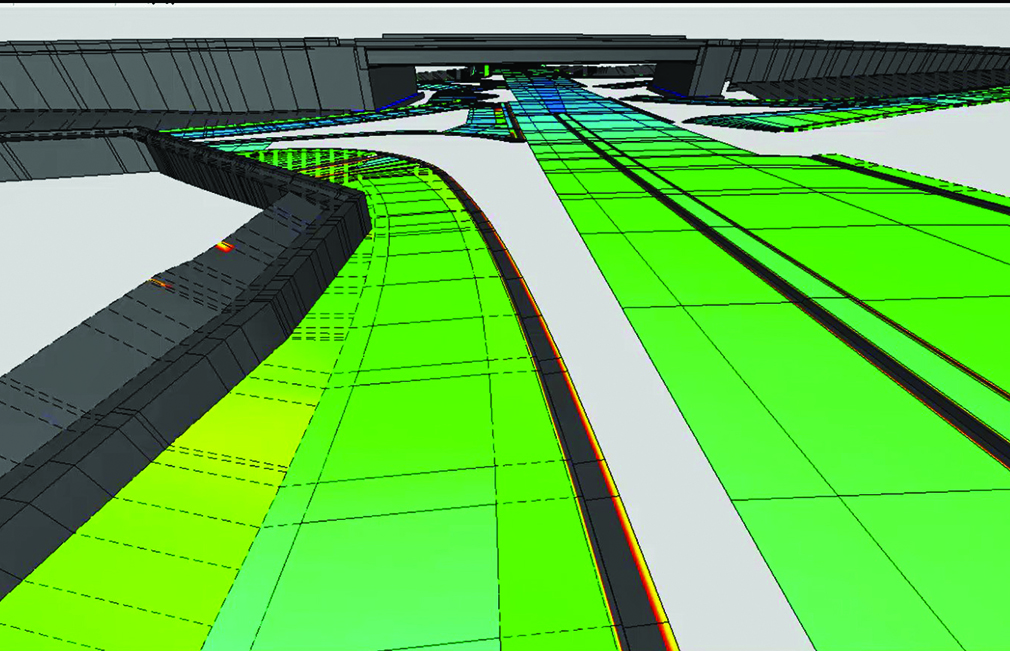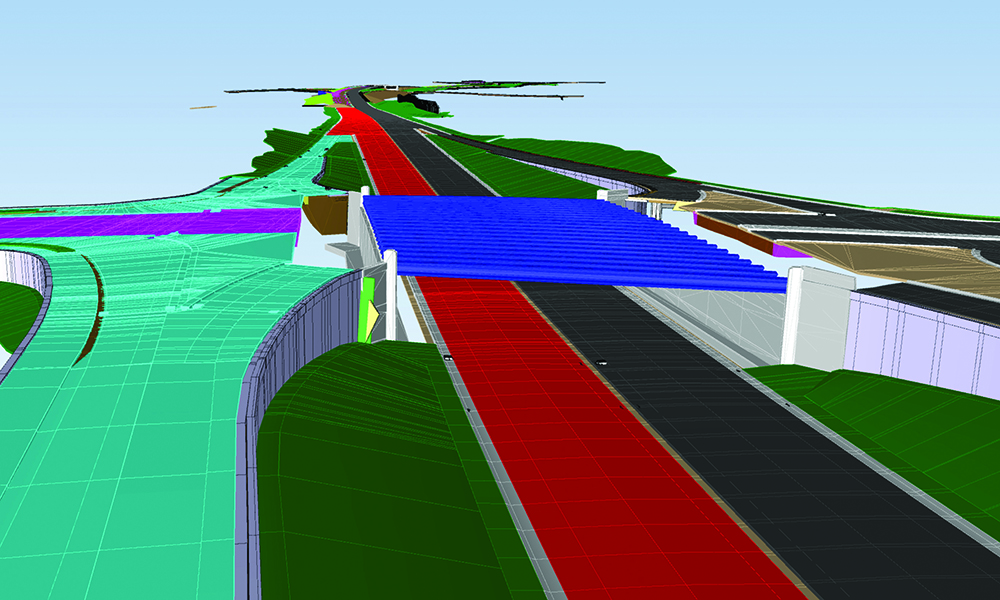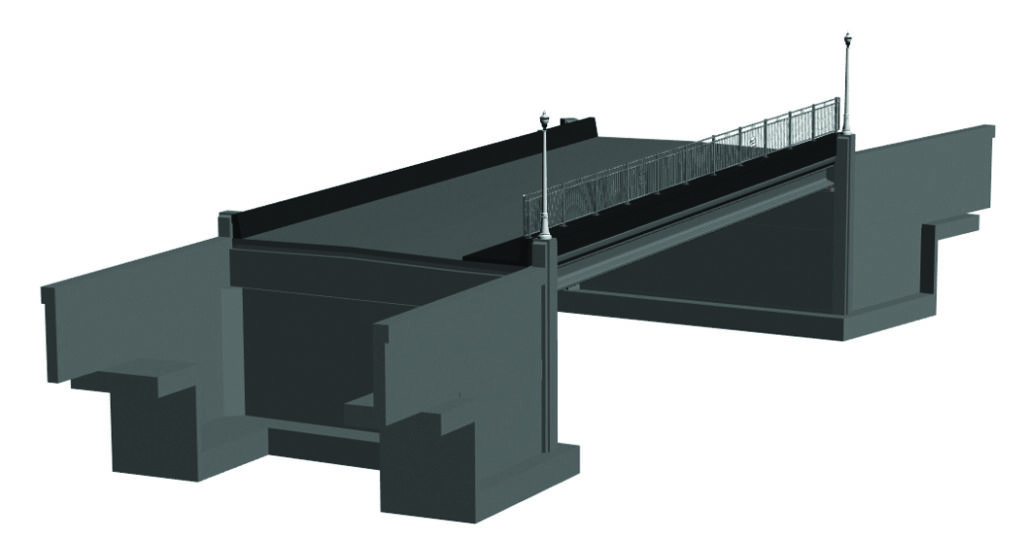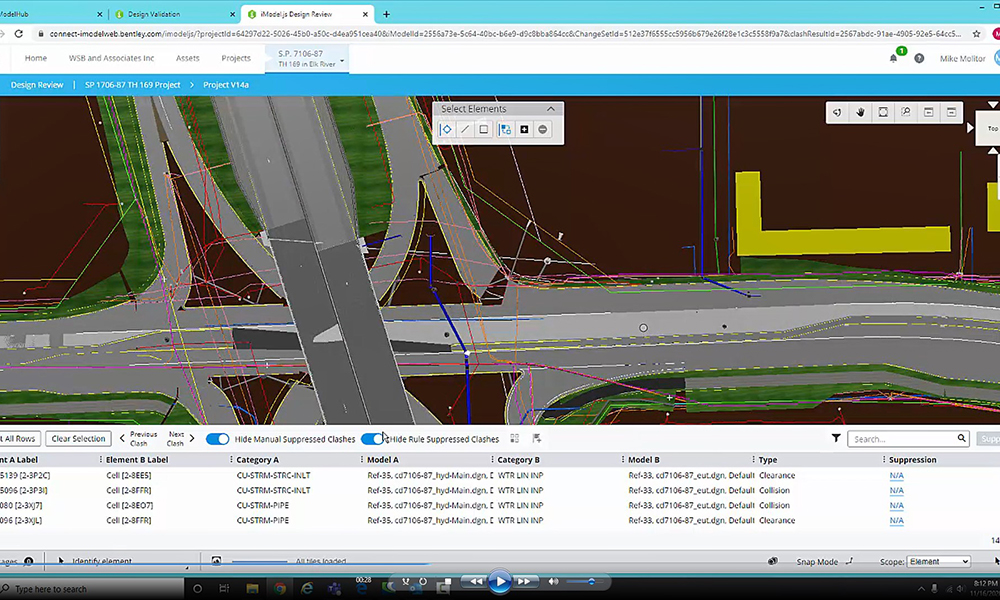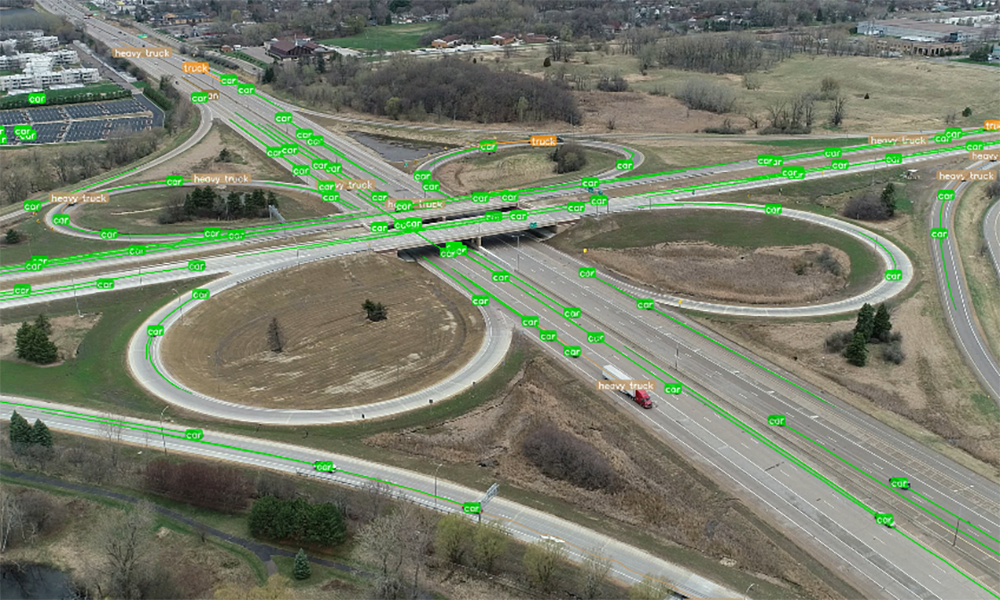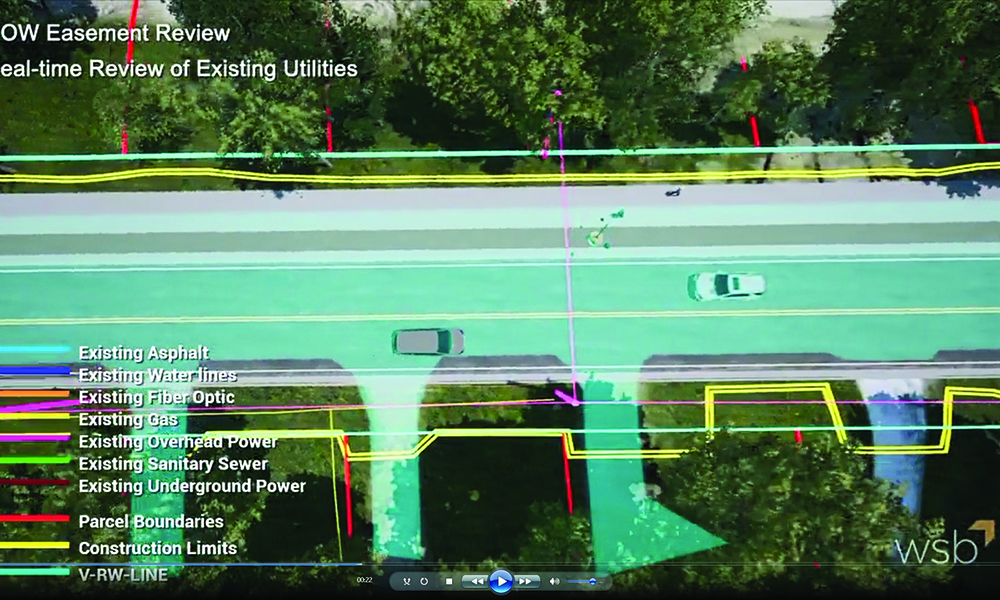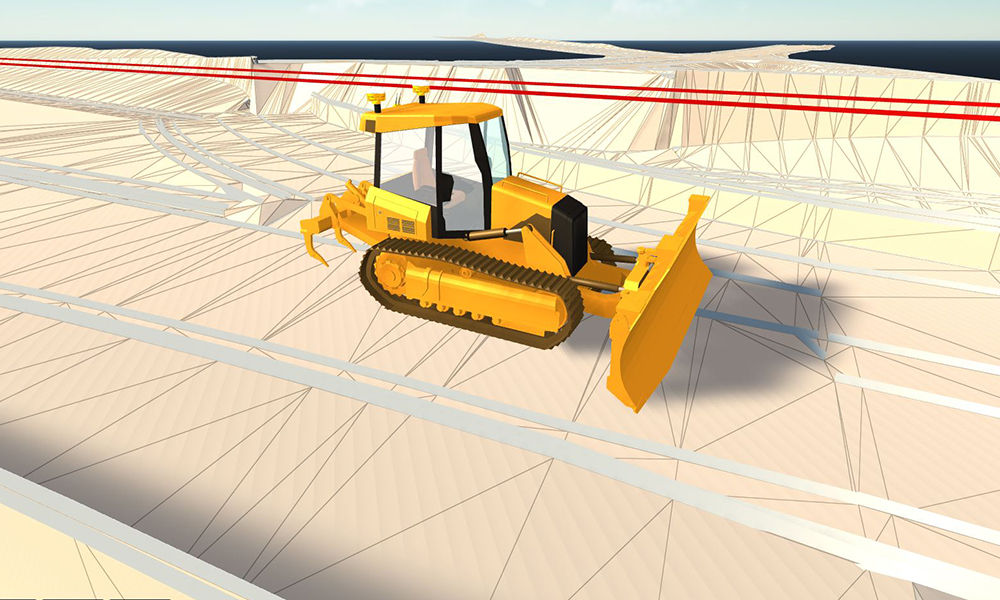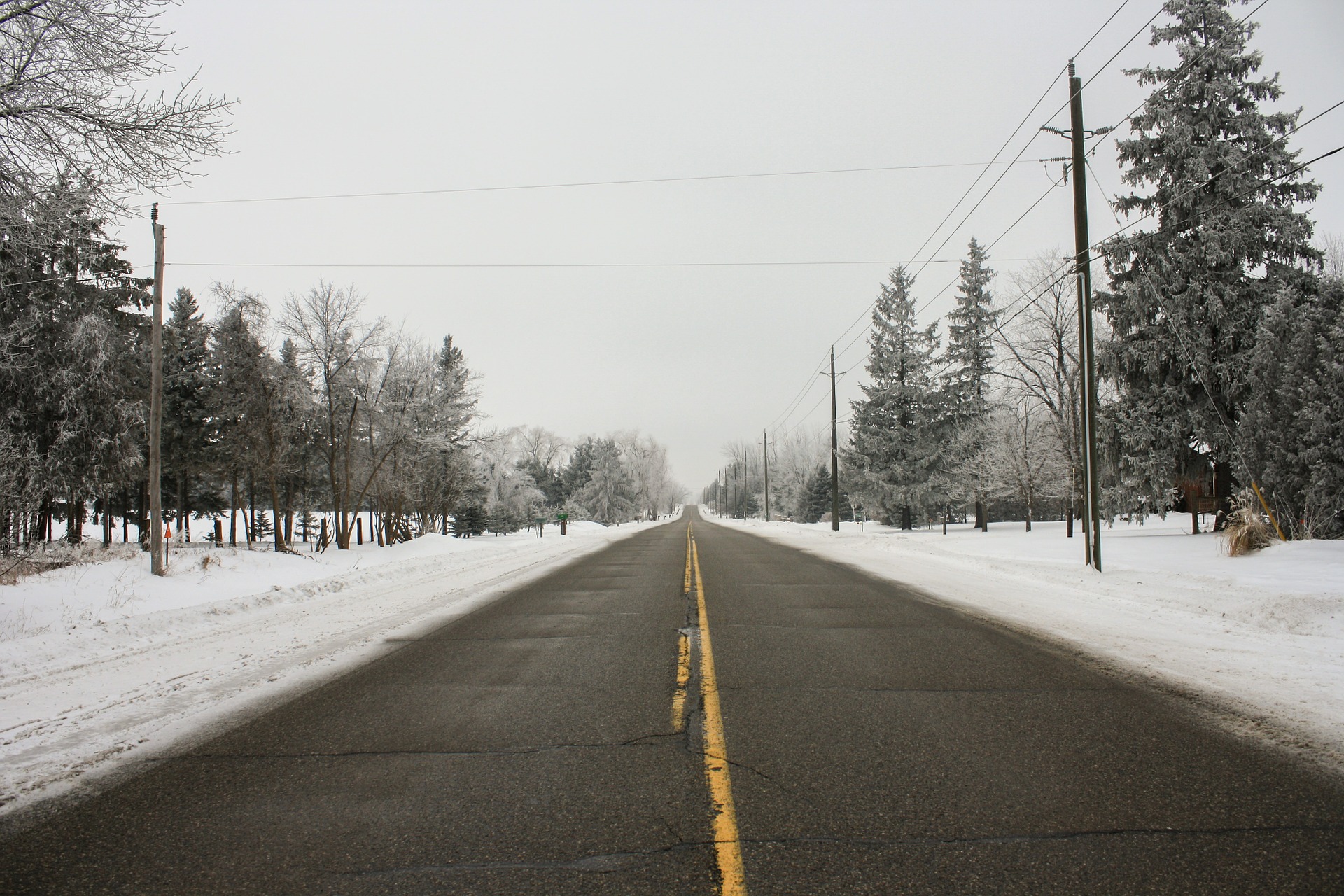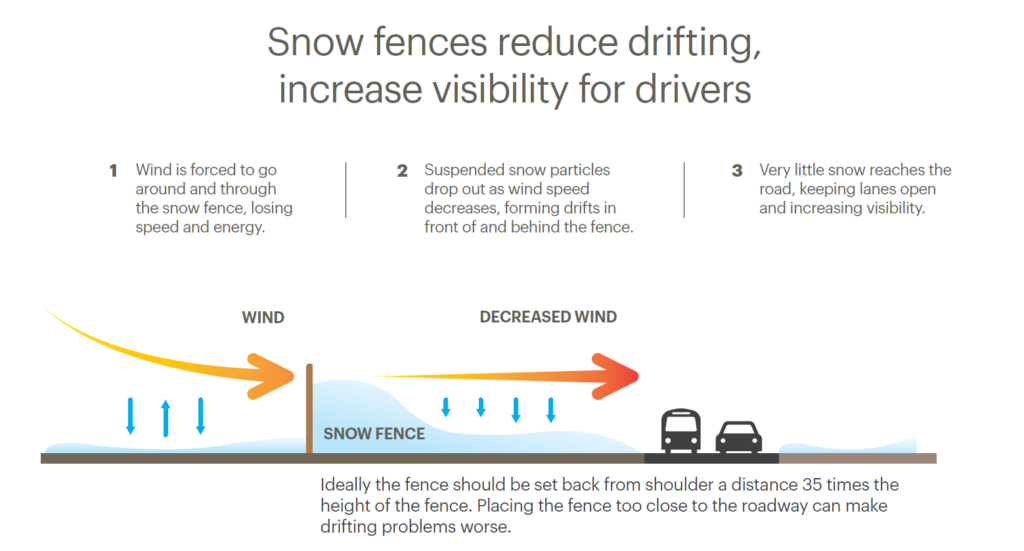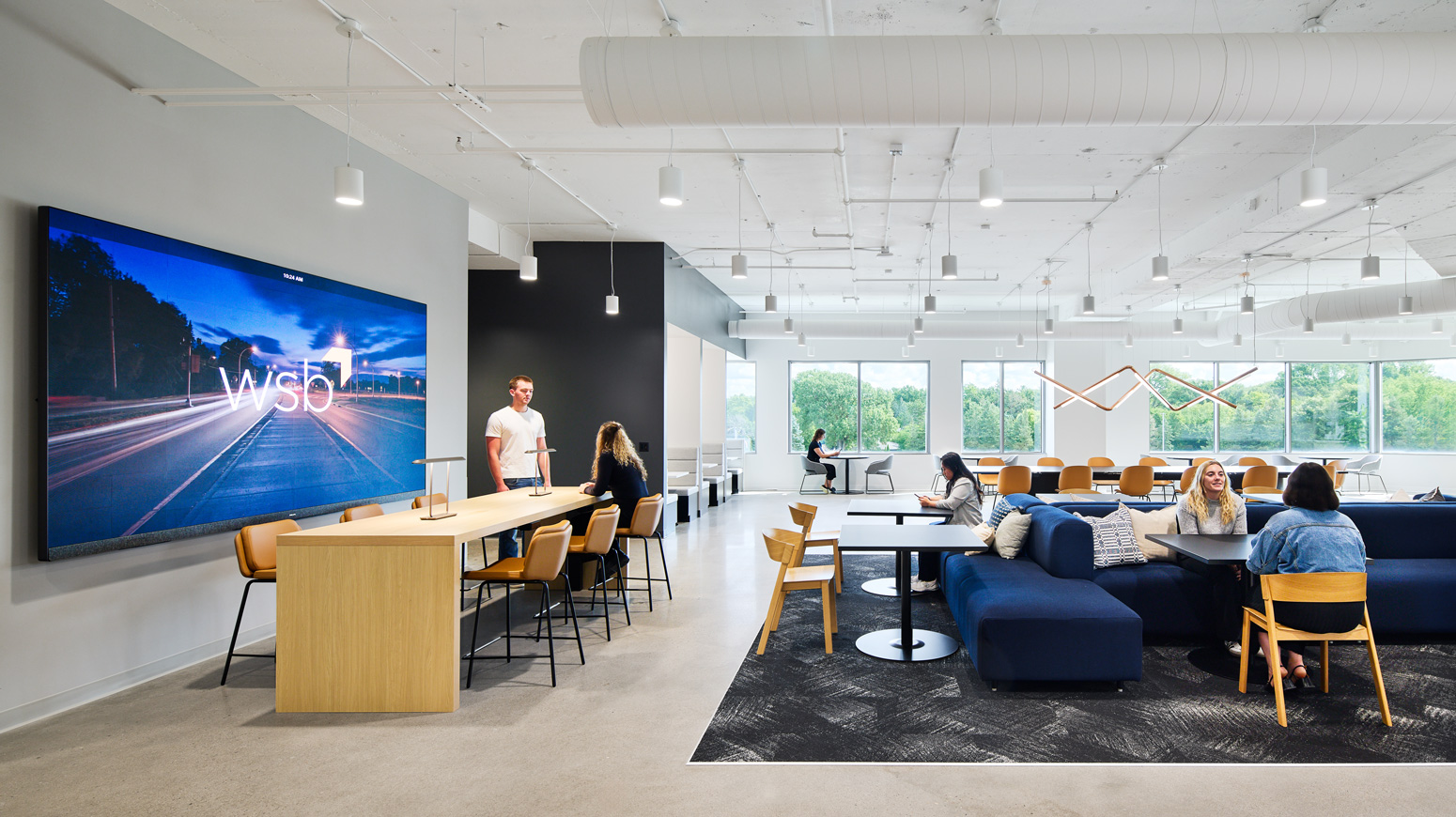May 13, 2024
By Gus Perron, Project Manager, WSB
The Americans with Disabilities Act (ADA) is an incredibly important civil rights law that also provides a standard for which engineers can create safer roadways and communities. In 2010, the ADA Standards for Accessible Design provided a clearer minimum for what needs to be achieved for access friendly design. In August of 2023, the US Access Board improved upon those standards by issuing their Final Rule on the Public Right of Way Accessibility Guidelines (PROWAG). Meeting these standards not only provides greater access for people with disabilities, but also improves designs that better the entire community.
Benefits for All Community Members
ADA standards on walkways and street crossings do not just provide improved accessibility for people with disabilities. Rather, all community members benefit from inclusive designs, such as parents pushing children in strollers or children riding a scooter. By improving pedestrian crossings, like placing curb ramps in locations that shorten crosswalks, communities can both meet ADA compliance requirements and improve safety. When pedestrian travel is easier and safer for people with disabilities it is easier and safer for all pedestrians.
Beyond safety and mobility concerns, properly following ADA guidelines when installing curb ramps makes maintenance far easier. For instance, antiquated pedestrian curb ramps that do not fulfill ADA compliance standards are not always wide enough or aligned to accommodate snow removal vehicles. With accessibility, safety, and maintenance in mind, heightened attention to detail is required to ensure all community members are affected for the better.
Understanding Project Needs First-Hand
To best understand the needs of a project and how to ensure it aligns with ADA standards, looking at top-down maps only goes so far. A pre-design field walk grants a closer look at the work needing to be done, what design options are feasible, what are the impacts, and much more. This pre-design effort provides a deeper understanding of how to properly link project needs to ADA standards while mitigating risks in project delivery. Procuring first-hand knowledge of every crossing, curb ramp, neighboring utility, property line, and every other inch of a project will allow greater ease in matching the various guidelines and standards like PROWAG. Having a deep understanding of ADA guidelines with first-hand knowledge of a project can ensure accessibility, lower costs and mitigate risks.
What WSB Can Do To Help
WSB provides a knowledgeable team with experience analyzing and working on hundreds of projects to meet the requirements set out by the Americans with Disabilities Act. Through this experienced team, our clients, stakeholders and communities achieve safer and more accessible living. Thoughtful designs will also improve safety and maintenance operations for communities. The design of pedestrian infrastructure for ADA needs can have a sweeping, positive impact on community and WSB can help execute strategic accessible designs that work for everyone.
